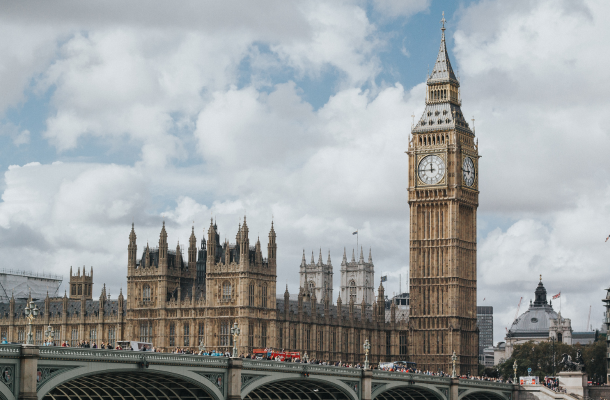
Earlier today, the UK GDP showed positive results as household and government spending, along with manufacturing production, experienced unexpected growth in the second quarter.
Highlights
Today started off as a busy day on the European economic calendar, with several key data releases from the UK. The focus was on the second-quarter UK GDP numbers, as well as industrial and manufacturing production and trade data.
The UK economy saw growth of 0.5% in June and 0.2% in the second quarter, with a year-on-year growth rate of 0.4%. The industrial sector experienced a significant jump of 1.8%, mainly driven by a 2.4% surge in manufacturing production.
Although economists had anticipated a modest 0.2% increase in manufacturing production for June, they expected the UK economy to stall in the second quarter after a 0.1% expansion in the previous quarter. However, the actual growth rate of 0.2% for June surpassed expectations.
According to the Office for National Statistics, the services sector grew by 0.1% in the quarter, while the production sector expanded by 0.7%. The growth in expenditure was driven by household and government consumption, although it was partially offset by a decline in international trade.
Specifically, real household expenditure increased by 0.7% in the second quarter, and government consumption expenditure rose by 3.1%. However, export volumes decreased by 2.5%, particularly in services exports, which saw a decline of 4.0%. Import volumes, on the other hand, increased by 1.0%, primarily due to a 1.7% rise in goods imports, particularly in machinery and transport equipment.
The latest GDP figures will enable the Bank of England to address wage growth and tackle elevated inflation through additional interest rate hikes. In a recent Q&A session, Bank of England Chief Economist Huw Pill highlighted the possibility of persistent food inflationary pressure, suggesting that more rate hikes might be necessary.
GBP to USD Reaction to the UK GDP Report
The GBP to USD exchange rate experienced some fluctuations before and after the UK GDP report. Prior to the report, the GBP to USD fell to an early low of $1.26664 but then rose to a pre-GDP report high of $1.26908.
After the release of the UK GDP report, there was a temporary decline in the GBP to USD exchange rate. It fell to a post-stat low of $1.26847 before subsequently recovering to a high of $1.27116.
As of this morning, the GBP to USD exchange rate showed a 0.25% increase, reaching $1.27082.
Next Up
In addition to the NIESR GDP estimates, investors should also pay attention to the US economic calendar. Key data releases include the producer price numbers and the Michigan Consumer Sentiment survey. These indicators will be important for the Federal Reserve's decision-making process.
Economists predict that the producer price index will see a slightly stronger increase of 0.2% in July, following a 0.1% increase in June. On the other hand, expectations suggest that the Michigan Consumer Sentiment Index may dip from 71.6 to 71.0.
Apart from the economic calendar, it will be important for investors to stay informed about any news or statements from the Federal Reserve throughout the day. These updates can provide valuable insights into the central bank's perspective and potential future actions.

Subscribe to our daily newsletter and get the best forex trading information and markets status updates
Trade within minutes!
Comment (0)